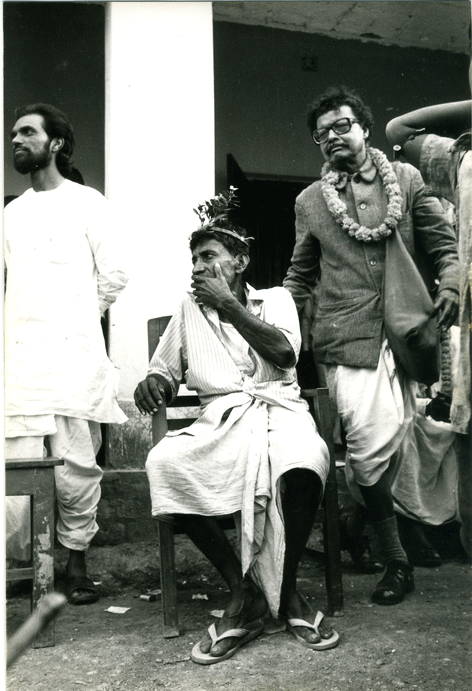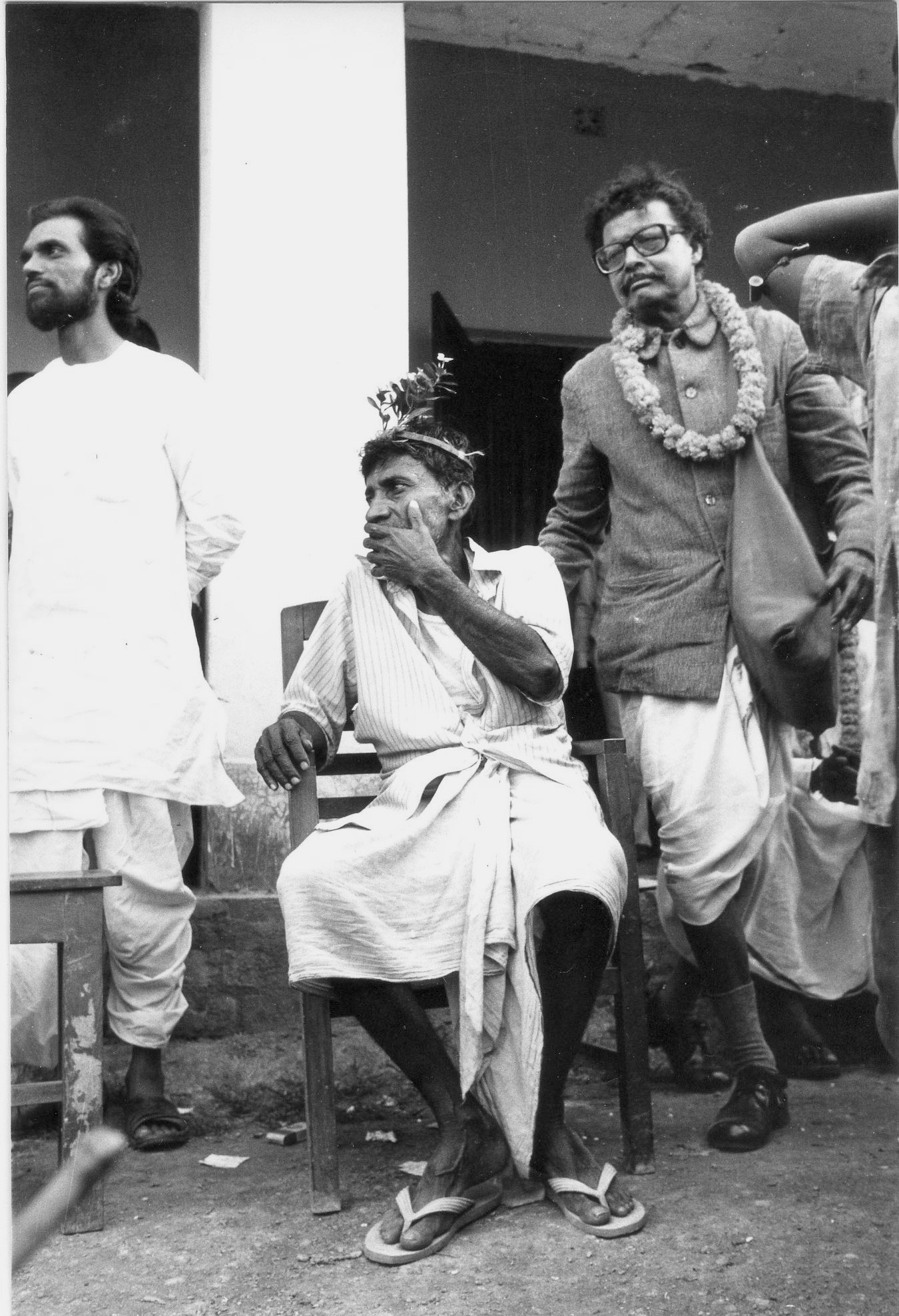In 1938, at the age of 15, he joined the student wing of the Communist Party of India (CPI) which was then banned by the British Government of India. He had organized one strike and had his first taste of defying the authority. He came to Calcutta, joined the Indian Federation of Labour and was assigned by the Radical Democratic Party to go with a cadre to organize jute workers in the industrial belt of Barrackpore. During his five months there, he was severely beaten by communist workers for speaking out against their platform and their candidate. With the end of the Second World War in August 1945, trade union activities intensified, and Gourkishore was assigned in early 1946 to organize the Lalmonir Hat branch of the Bengal and Assam Railwaymen's Association. When the police evicted him from Lalmonir Hat, which was under the British rule, he crossed the nearby border into Cooch Behar, then one of the princely states ruled by a Maharaja. He was next sent to Darjeeling to bring into the party fold the organizer of the workers on the Darjeeling-Himalayan Railway. He later wrote that the union wanted to split the workers and was working for the interests of the company to oust the organizer. The union accomplished this by giving him a pompous title in the overall organization, whereby he lost control of his own core group. The organizer whom Gourkishore was ostensibly sent to help proved to be "a very good, tough man and a born organizer," and he became his friend. Unfortunately, he reported "no personalities can be tolerated by the Party and thus he had to set up a faceless organization. He wrote seriously about this tragedy. The net result of his experience was a story titled - SaginaMahato, after the organizer named Sagina, which showcased how a Marxist organization destroyed a natural labour organizer.








